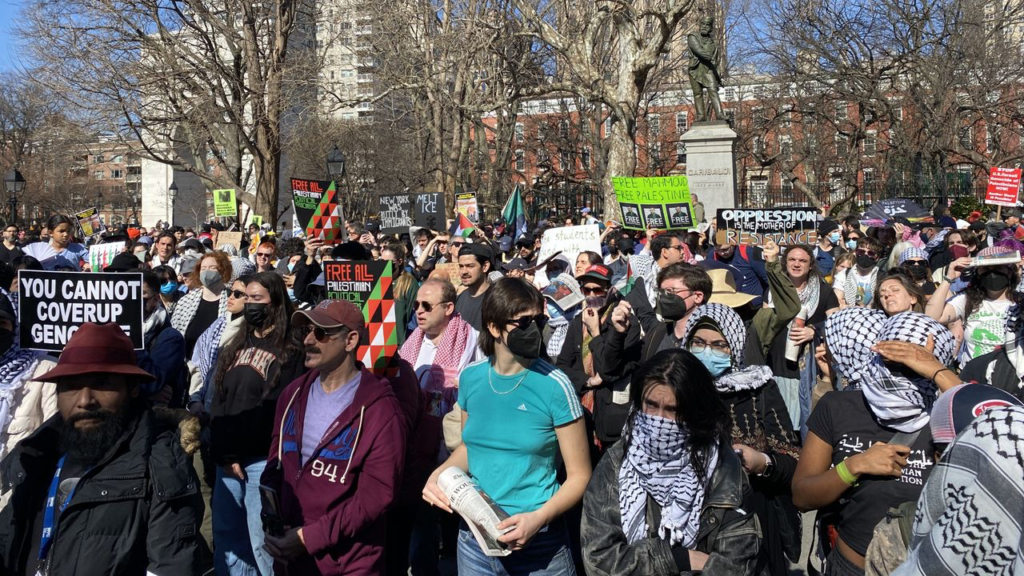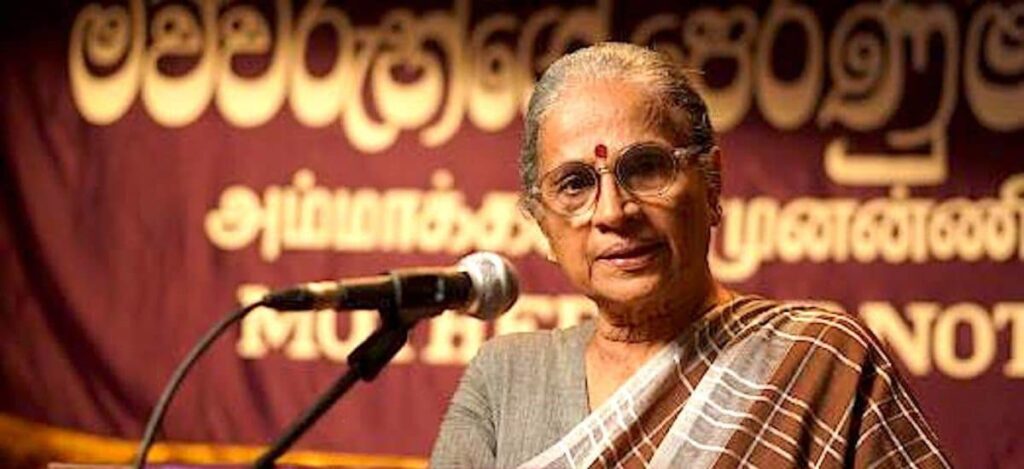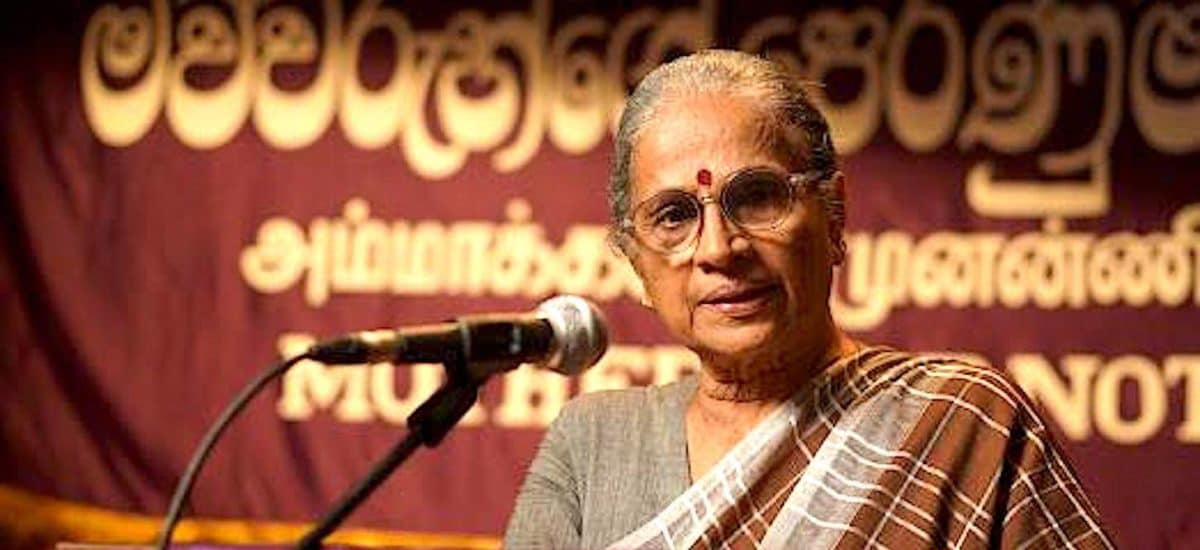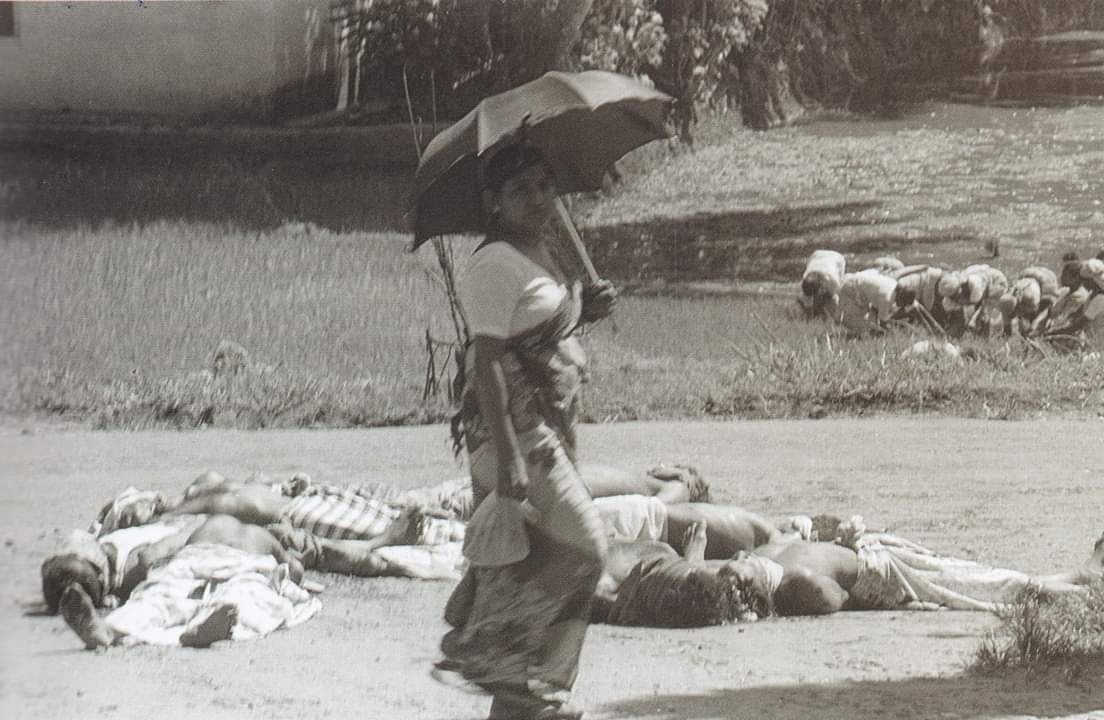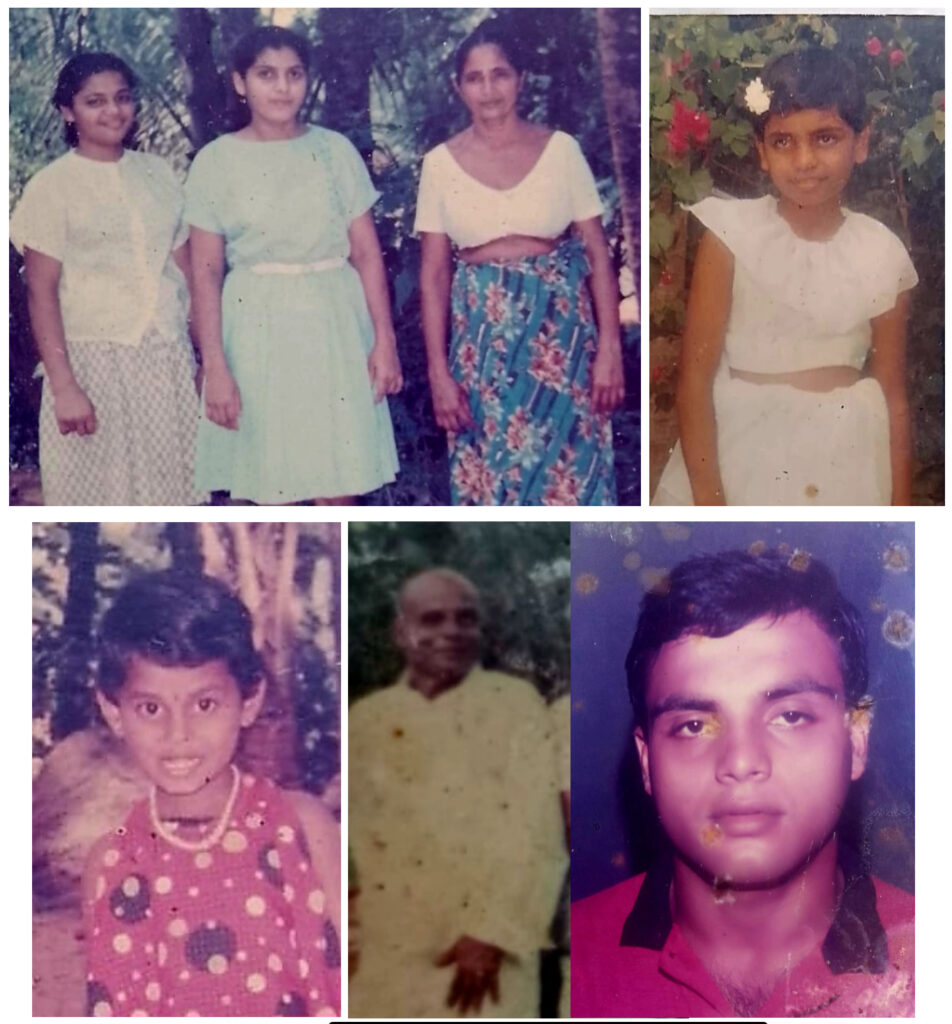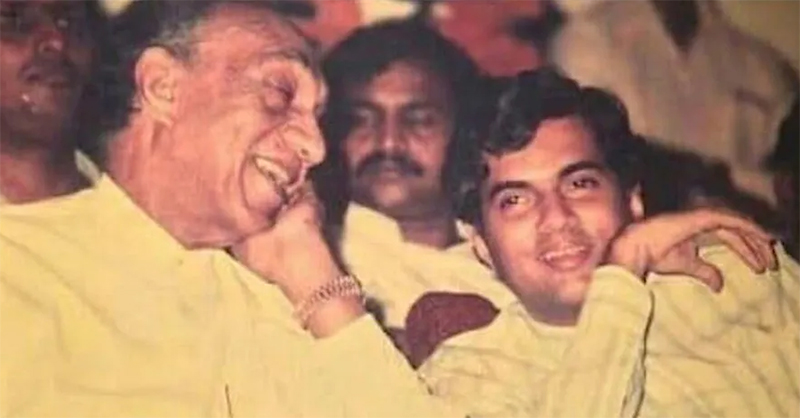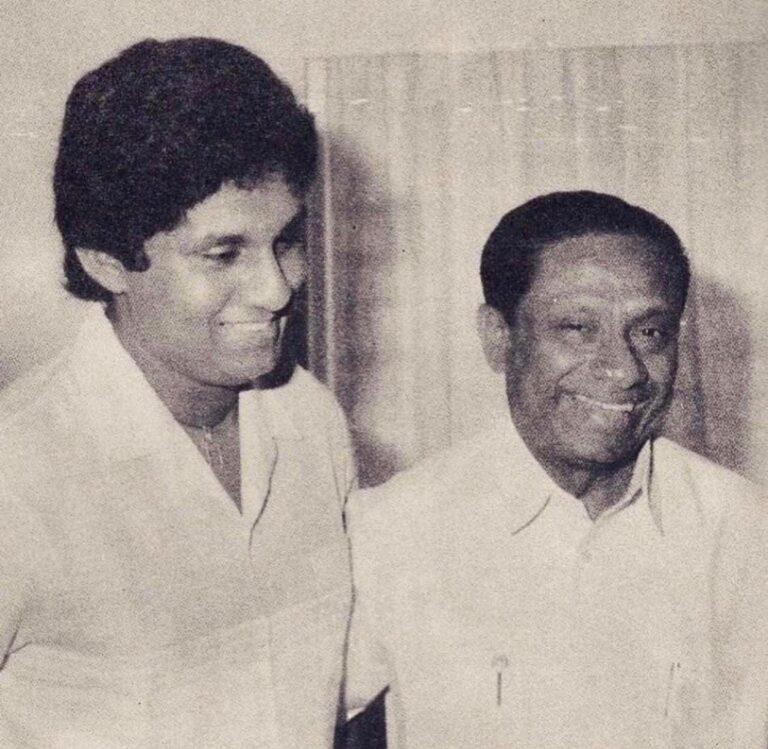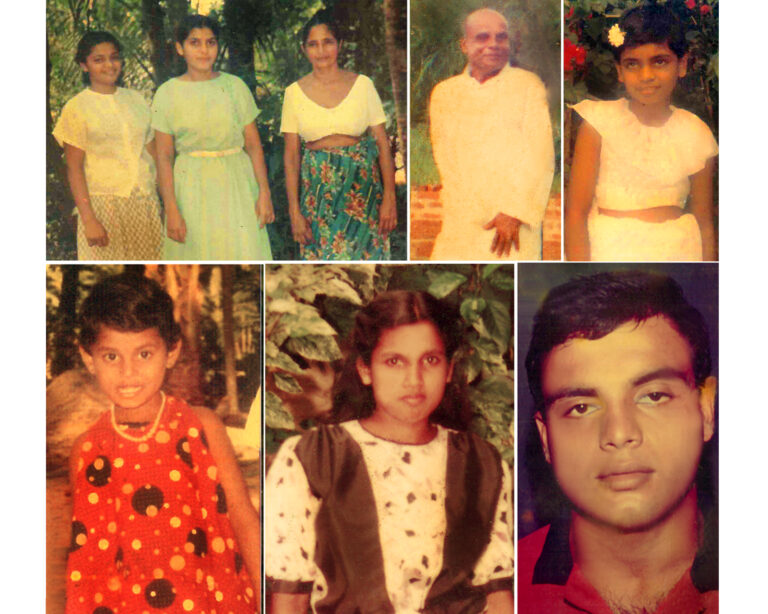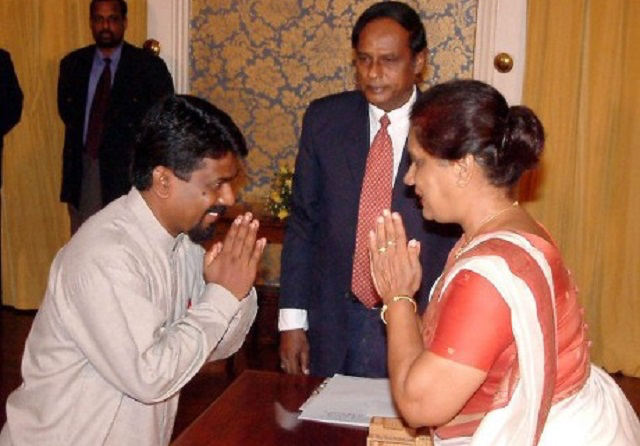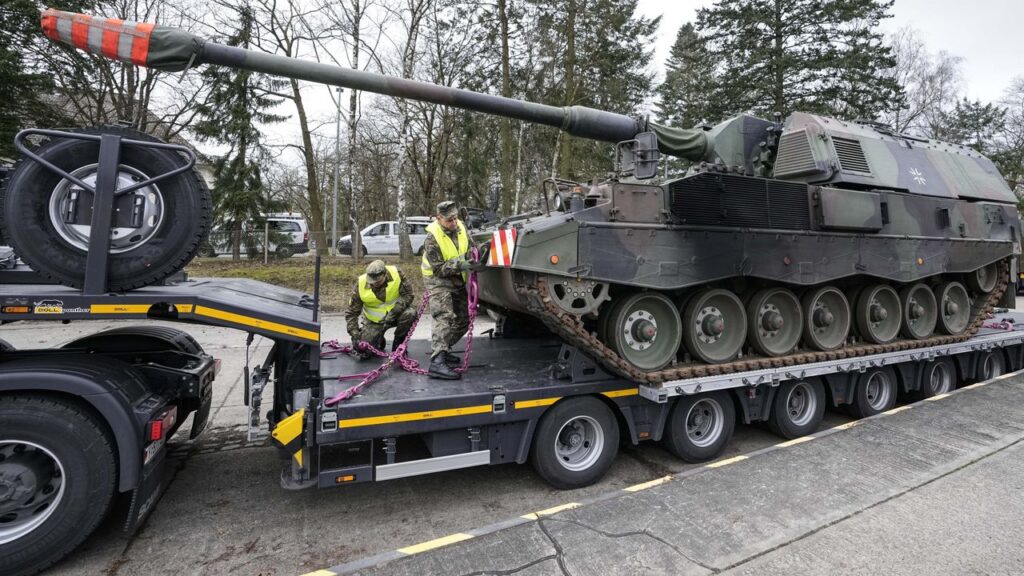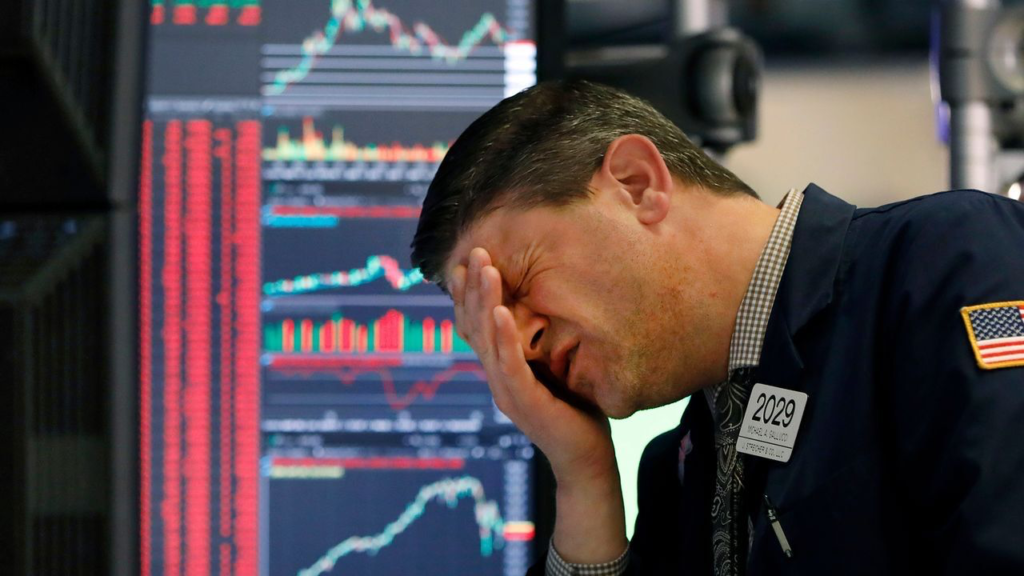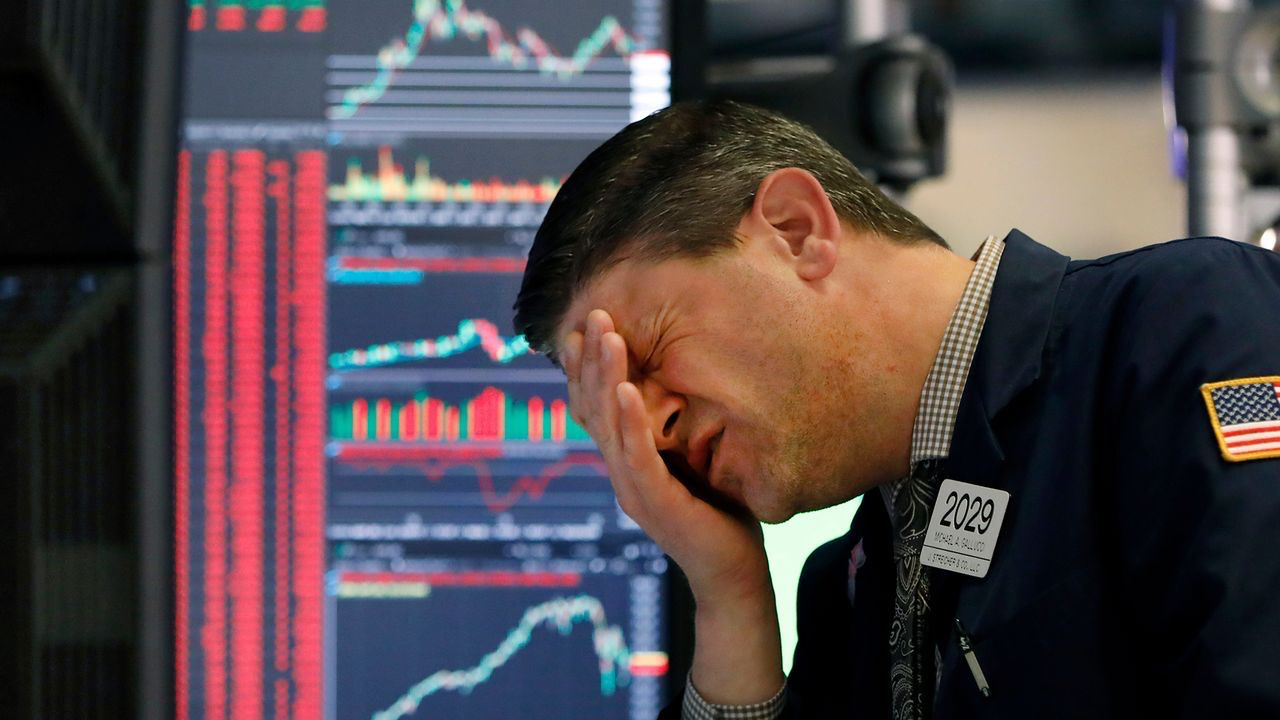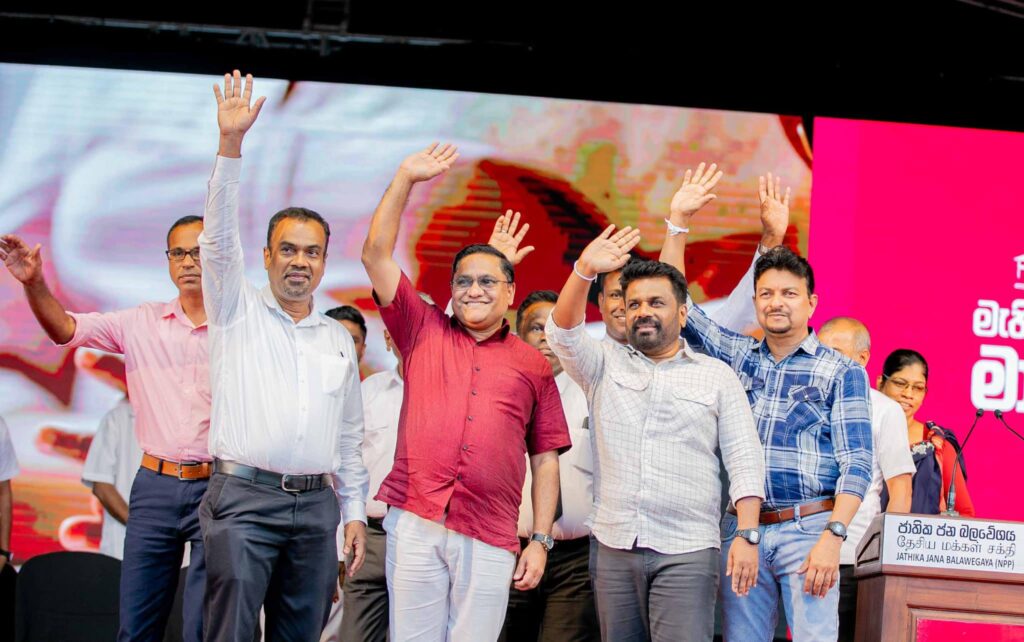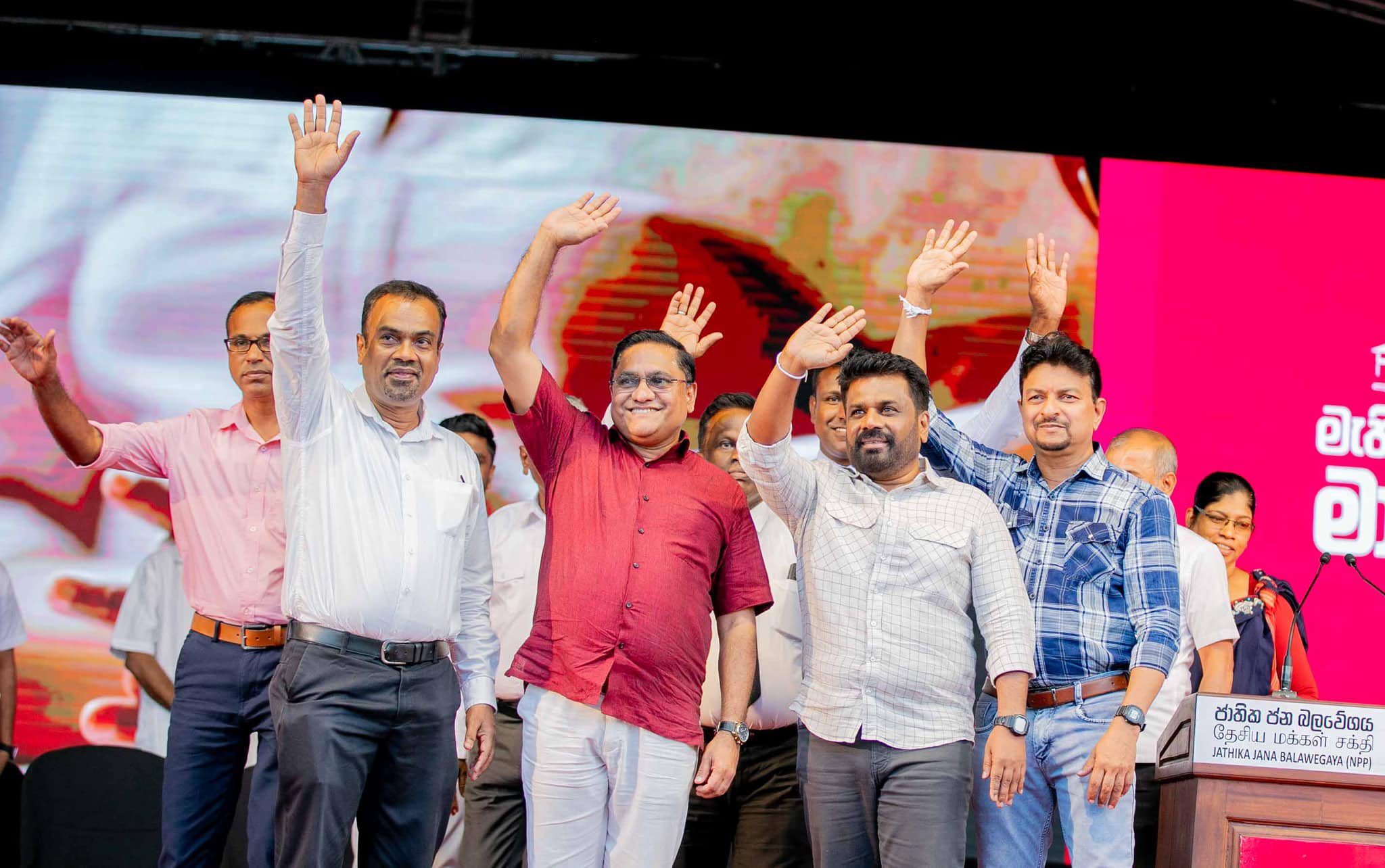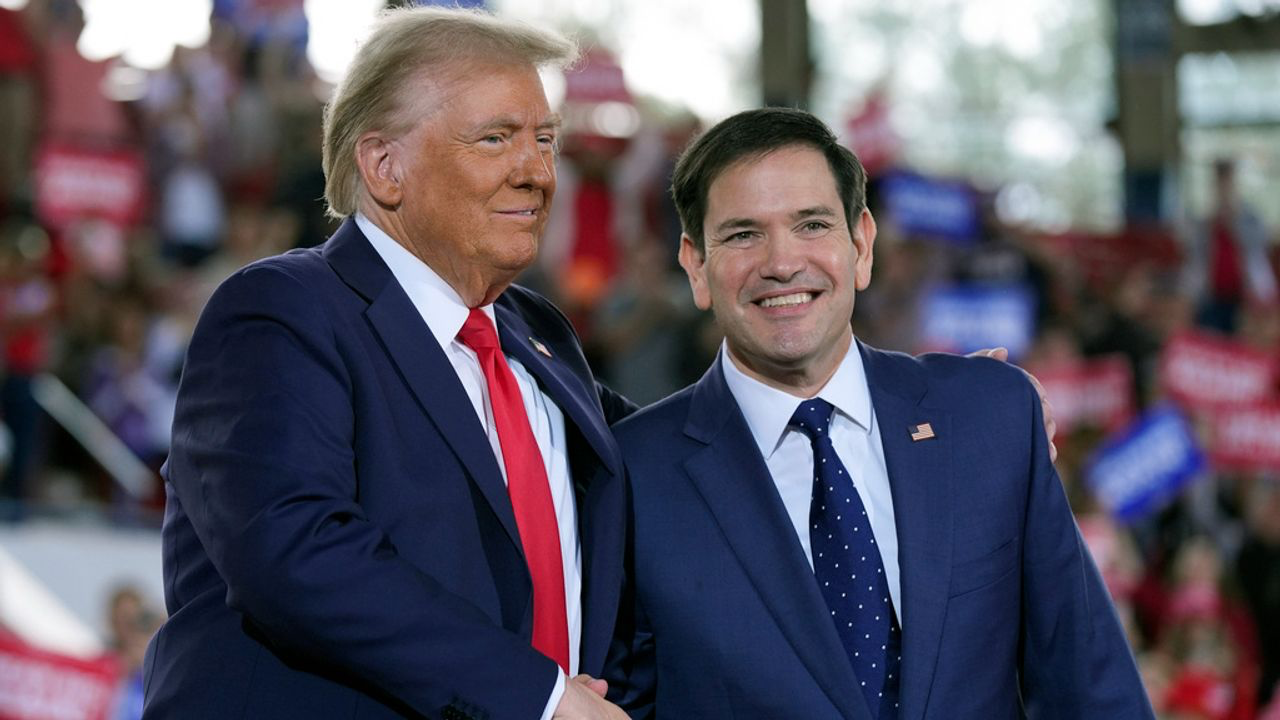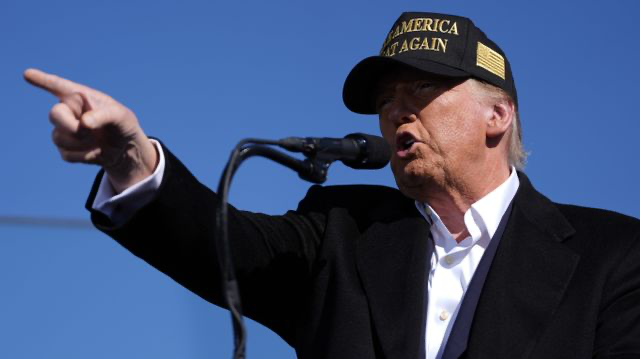Germany’s Social Democrats and conservatives elect Merz as Chancellor, sign reactionary coalition agreement
By Johannes Stern.
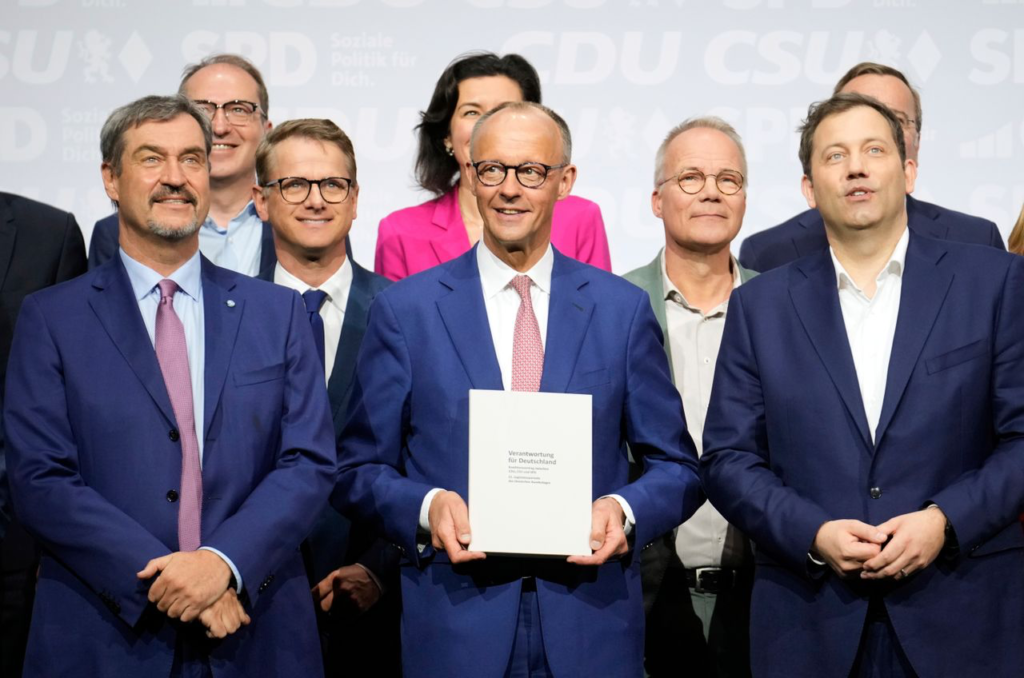
On Tuesday afternoon, Friedrich Merz (CDU) was elected in the second round of voting and subsequently appointed as the new German Chancellor by President Frank-Walter Steinmeier (SPD).
Merz had initially failed in the first ballot—a unique occurrence in German post-war history. With 621 MPs present, Merz was six votes short of the required majority of 316 votes to become Chancellor: 310 MPs voted for him, 307 against him, there were three abstentions, and one vote was invalid. Nine MPs did not take part in the vote.
Merz’s unexpected non-election had caused feverish nervousness in all Bundestag parties. In the end, the Bundestag parties agreed to schedule a second round of voting on the same day.
Shortly before the vote, the notoriously right-wing CDU/CSU parliamentary group leader Jens Spahn announced that a new ballot would be held with the agreement of the CDU/CSU, SPD, Green and Left Party parliamentary groups. The whole of Europe, perhaps even the whole world, was watching this election. He then thanked everyone who had made a second round of voting possible so quickly.
The role of the Left Party and the Greens as essentially right-wing parties of the state could not be clearer: in the face of a looming political crisis in Berlin, they played a key role in installing Merz and paving the way for his extreme right-wing government.
The Merz government heralds a new stage in the rightward evolution of the ruling class. It is undoubtedly the most reactionary and anti-working class government since the fall of the Nazi regime 80 years ago. Its central aim is to remove the last restraints imposed on German militarism as a result of its unprecedented crimes in the Second World War. With the adoption of war credits amounting to €1 trillion on March 18, the Bundestag has already paved the way for a massive military build-up.
The coalition government of the CDU/Christian Social Union (CSU) and the Social Democrats (SPD) will not only rearm like Hitler. It will organise a historic onslaught on social spending to finance rearmament and establish a police state to enforce it against the enormous opposition among the population. Domestically, it will also adopt the refugee policy of the fascist Alternative for Germany (AfD) and help the fascists’ nationalistically charged “cultural policy” achieve a breakthrough.
Leading members of the government, such as Interior Minister Alexander Dobrindt and State Secretary for Culture Wolfram Weimer, are politically far to the right and could easily be members of the AfD. Chancellor Merz himself embodies the interests of the financial oligarchy like no other. For four years, he headed the German branch of BlackRock, the world’s largest asset manager.
The SPD, which was founded more than 150 years ago under the banner of Marxism, is now the organiser of this shift to the right as a right-wing state party. Yesterday, it announced that Boris Pistorius (SPD) will remain Minister of Defense under Merz. Pistorius personifies the “new era” in foreign policy ushered in by SPD Chancellor Olaf Scholz, who received a farewell at a militaristic spectacle on Monday evening. Pistorius has set himself the goal of making Germany “fit for war” again and preparing it for a direct war against the nuclear-armed power Russia.
Party leader Lars Klingbeil takes over as Vice-Chancellor and Finance Minister. In this role, he will ensure that the costs of horrendous military spending and escalating global trade wars are borne by the working population. He will work closely with the new SPD Labor Minister Bärbel Bas, who, as a nominal “party leftist,” will push through the brutal cuts in close cooperation with the trade unions.
The coalition agreement signed yesterday reflects the reactionary personnel of the new government. The focus is on war policy and the comprehensive militarisation of society. The following goals, among others, are mentioned:
- Dominance over Europe and a role for German imperialism as a world power
In the coalition agreement, the CDU/CSU and SPD define the entire globe as a zone of influence for German imperialism. According to the agreement, the German government is striving for an Africa policy that “does justice to the strategic importance of Africa,” declares that the “Indo-Pacific region” is “of elementary interest” and announces that it intends to “continue to show a presence in the region.” The “expansion of strategic partnerships with the countries of Latin America and the Caribbean” is also “of particular importance.” Overall, the aim is to “intensify bilateral relations with the countries of the Global South and expand them into a global network.”
As in the past, this global power politics means German support for genocide and war. The coalition declares the “security of Israel” to be a “fundamental German national security interest”—in the midst of the genocide committed by the far-right Netanyahu regime against the Palestinian population. At the same time, it assures the Islamist forces in Syria of support “in the stabilisation and economic reconstruction of the country”—in order to gain geopolitical influence and deport refugees.
With regard to the war against Russia, the coalition agreement announces that “military, civilian and political support for Ukraine will be substantially strengthened and reliably continued together with partners.” Germany must “for the first time since the end of the Second World War … be in a position to guarantee its own security to a much greater extent.” Germany will assume “a leading role” in the further development of the Common Security and Defense Policy (CSDP).
- Militarisation of schools and universities
“We are anchoring our Bundeswehr [Armed Forces] even more firmly in public life and are committed to strengthening the role of youth officers, who fulfil an important educational mission in schools,” it says on page 130 in the section on “Defence policy.” It continues: “We are committed to dismantling obstacles that impede dual-use research or civil-military research cooperation, for example.” We will “eliminate the deficit that exists in Germany in the area of strategic security research and advocate its promotion in the sense of a networked understanding of security.”
- Reintroduction of compulsory military service
“We are creating a new, attractive military service that is initially based on voluntary service,” explain the coalition partners. The design of this service will be based on “the criteria of attractiveness, meaningfulness and contribution to the ability to grow.” In doing so, “the Swedish military service model” is being used as a guide and “the conditions for military registration and monitoring will be created this year.”
- Development of a war economy and massive armaments industry
The planning and procurement system will be “reformed” and “new implementation paths” will be enforced for major projects and future technologies. In particular, “future technologies for the Bundeswehr” are to be promoted, including “satellite systems, artificial intelligence, unmanned (also combat-capable) systems, electronic warfare, cyber, software-defined defence and cloud applications as well as hypersonic systems.” This requires “simplified access and increased exchange with research institutions, the academic sector, start-ups and industry.”
The “special infrastructure fund” of €500 billion is also designed to prepare for war. “We are simplifying the definition of requirements and approval for military construction projects and creating exemptions in construction, environmental and public procurement law as well as in the protection and dedication of military land with a Federal Armed Forces Infrastructure Acceleration Act,” it says on page 132. The “concerns and infrastructure measures for overall defence” are to be “established as an overriding public interest and prioritised in implementation over other state tasks.”
The historic rearmament and war policy will be financed by equally historic attacks on the working class. “We will make a considerable contribution to consolidation in this legislative period,” it says in the section on “budget consolidation.” The agreement only mentions a few specific measures—such as cutting citizens’ benefits—but the role model is clear: the US, where the Trump regime is ruthlessly cutting social spending in the interests of the financial oligarchy and destroying all existing social rights.
The deeply anti-worker policy of the new federal government is based on the support of all Bundestag (Federal Parliament) parties. The Greens provided the CDU/CSU and SPD with the necessary two-thirds majority in the Bundestag to pass the war credits. The Left Party backed it in the Bundesrat (Federal Council). And the trade unions are also firmly on the side of the government. They reaffirmed their loyalty to the rearmament course and worked systematically in recent weeks to isolate the wage struggles at the post office, in the public sector and at the Berlin Transport Company, and to prevent a joint all-out strike by the working class.
The broad support for militarism and social spending cuts by all Bundestag parties and trade unions shows that the struggle against fascism, war and social inequality can only be waged through the independent mobilisation of the working class. In its statement on the formation of the government, the Socialist Equality Party (SGP) therefore called for “the establishment of rank-and-file committees in workplaces and neighbourhoods that will allow workers to take the fight against mass redundancies and wage cuts into their own hands and combine it with the fight against war.”
The statement continues:
We counterpose the international unity of the workers to the growth of nationalism, trade war and rearmament. The war can only be stopped and social and democratic rights can only be defended if capitalism itself is abolished and replaced by a socialist society in which people’s needs, not profit interests, take centre stage. The big banks and corporations must be expropriated and placed under democratic control.
This article was originally published in the World Socialist Web Site Here

